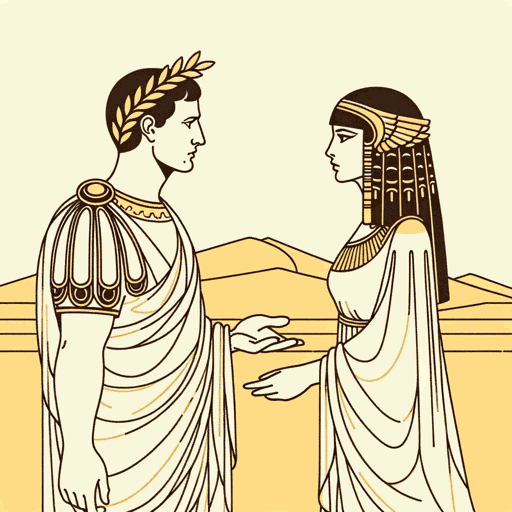64 pages • 2 hours read
George Bernard ShawPygmalion
Fiction | Play | Adult | Published in 1913A modern alternative to SparkNotes and CliffsNotes, SuperSummary offers high-quality Study Guides with detailed chapter summaries and analysis of major themes, characters, and more. For select classroom titles, we also provide Teaching Guides with discussion and quiz questions to prompt student engagement.
Themes
Formal Education and Multiple Intelligences
Shaw differentiates between formal education and multiple forms of natural intelligence throughout the play. He associates formal education with the upper classes. Both Higgins and Pickering are academics who have studied linguistics and phonetics. Higgins displays his academic brilliance in the first act when he accurately identifies the dialects of those around him. For example, based on his training in dialectology, he “promptly” (Act I, Page 19) pinpoints a sarcastic bystander as coming from Hoxton. Pickering is star-struck upon meeting him, revealing that Higgins is a recognized and esteemed scholar. Higgins approaches the bet that Pickering proposes with the precision of a scientist conducting an experiment, coldly regarding Eliza as if she were another laboratory tool rather than a human being whose life will be impacted by his reworking of her speech and image. He successfully taught Nepommuck and others proper English and views this as evidence of his skill and worth.
Despite his formal education, Higgins lacks other sorts of intelligence. While he pinpoints people’s origins and social class through an orderly scientific analysis of their speech, Eliza and Doolittle far surpass him in their ability to recognize other people’s motives and character. Eliza is a quick learner and an apt performer.
Related Titles
By George Bernard Shaw

Arms and the Man
George Bernard Shaw

Caesar and Cleopatra
George Bernard Shaw

Heartbreak House
George Bernard Shaw

John Bull's Other Island
George Bernard Shaw

Major Barbara
George Bernard Shaw

Man And Superman
George Bernard Shaw

Mrs. Warren's Profession
George Bernard Shaw

Saint Joan
George Bernard Shaw

The Doctor's Dilemma
George Bernard Shaw
Featured Collections
Books that Feature the Theme of...
View Collection
British Literature
View Collection
Class
View Collection
Class
View Collection
Comedies & Satirical Plays
View Collection
Dramatic Plays
View Collection
Nobel Laureates in Literature
View Collection
School Book List Titles
View Collection

